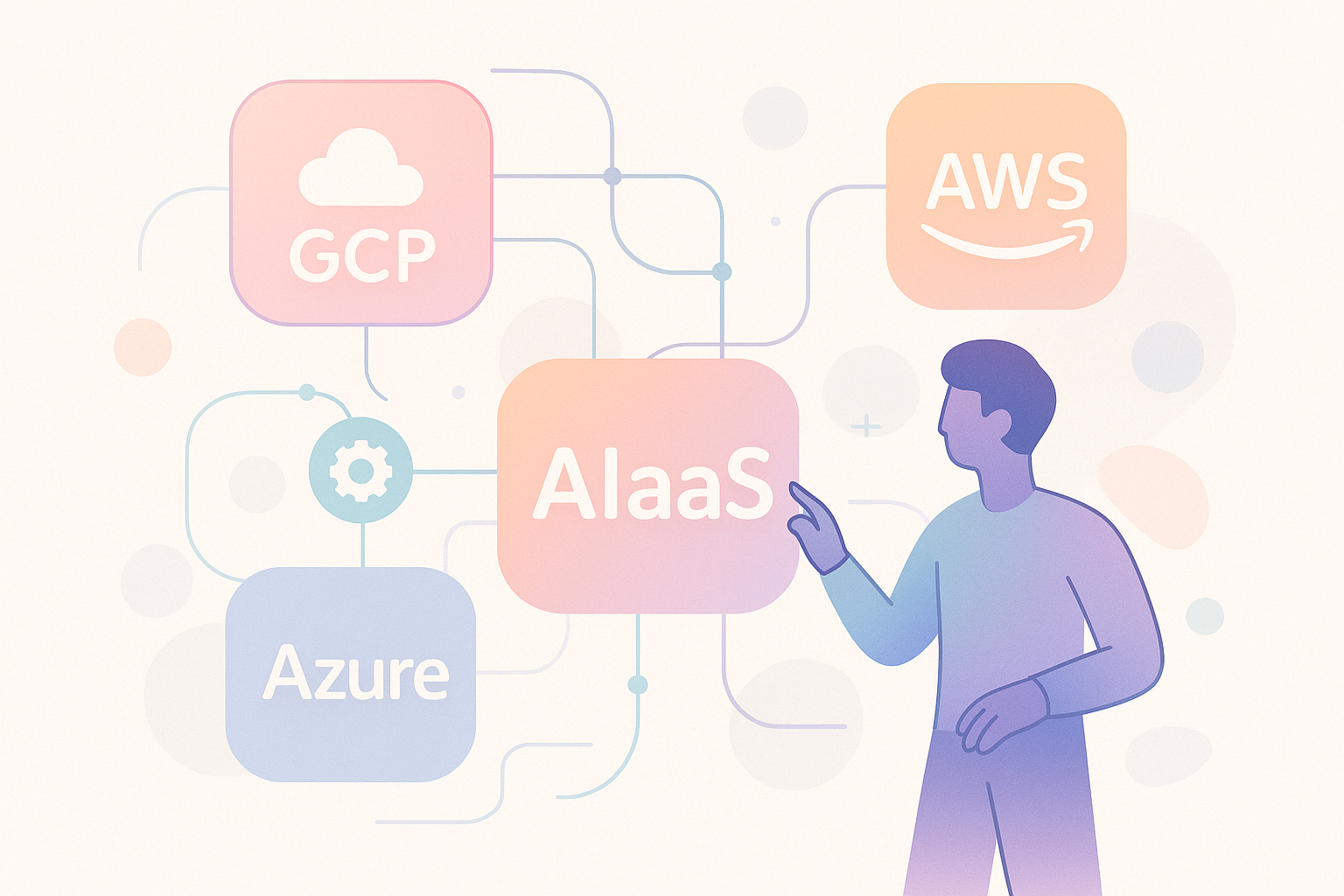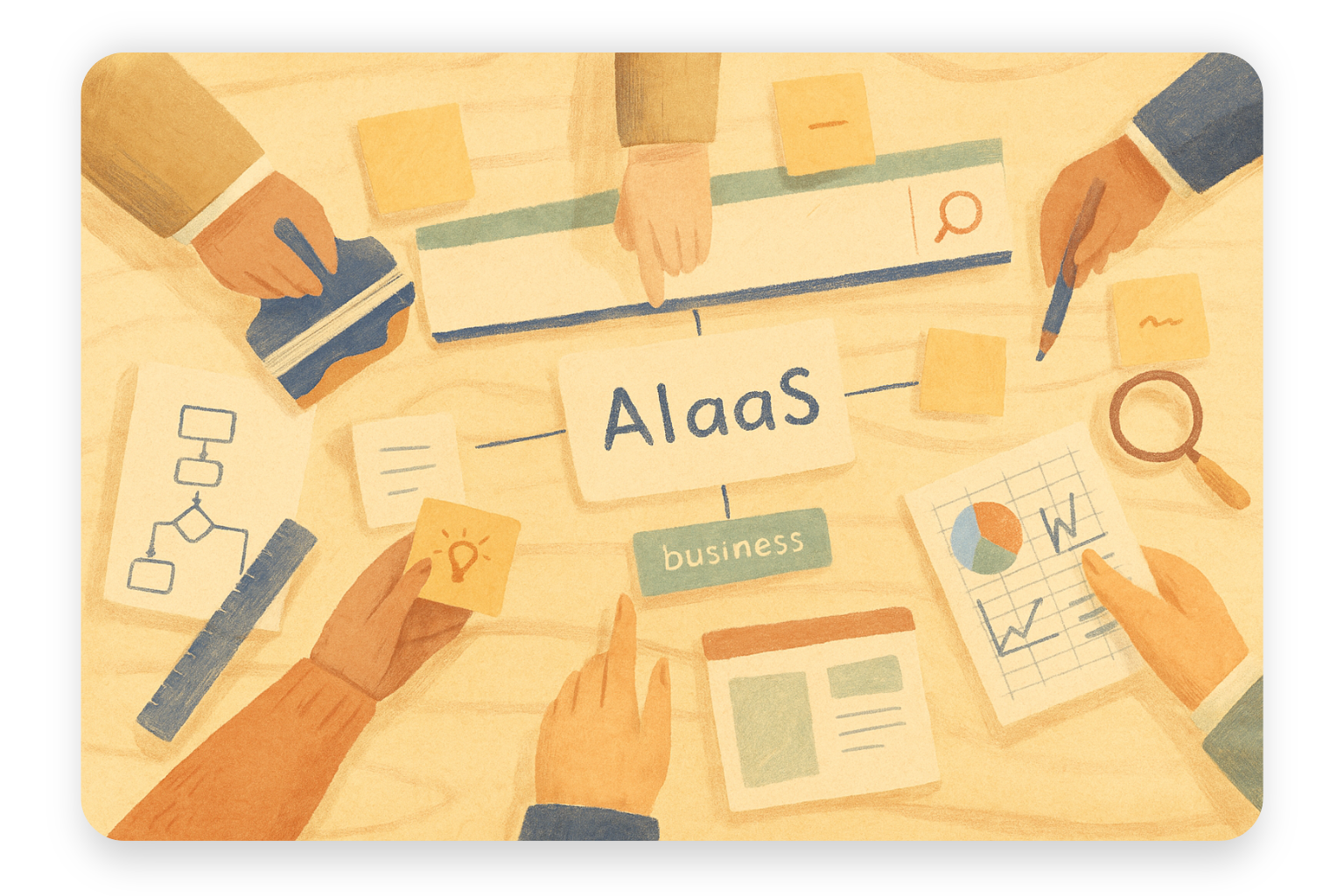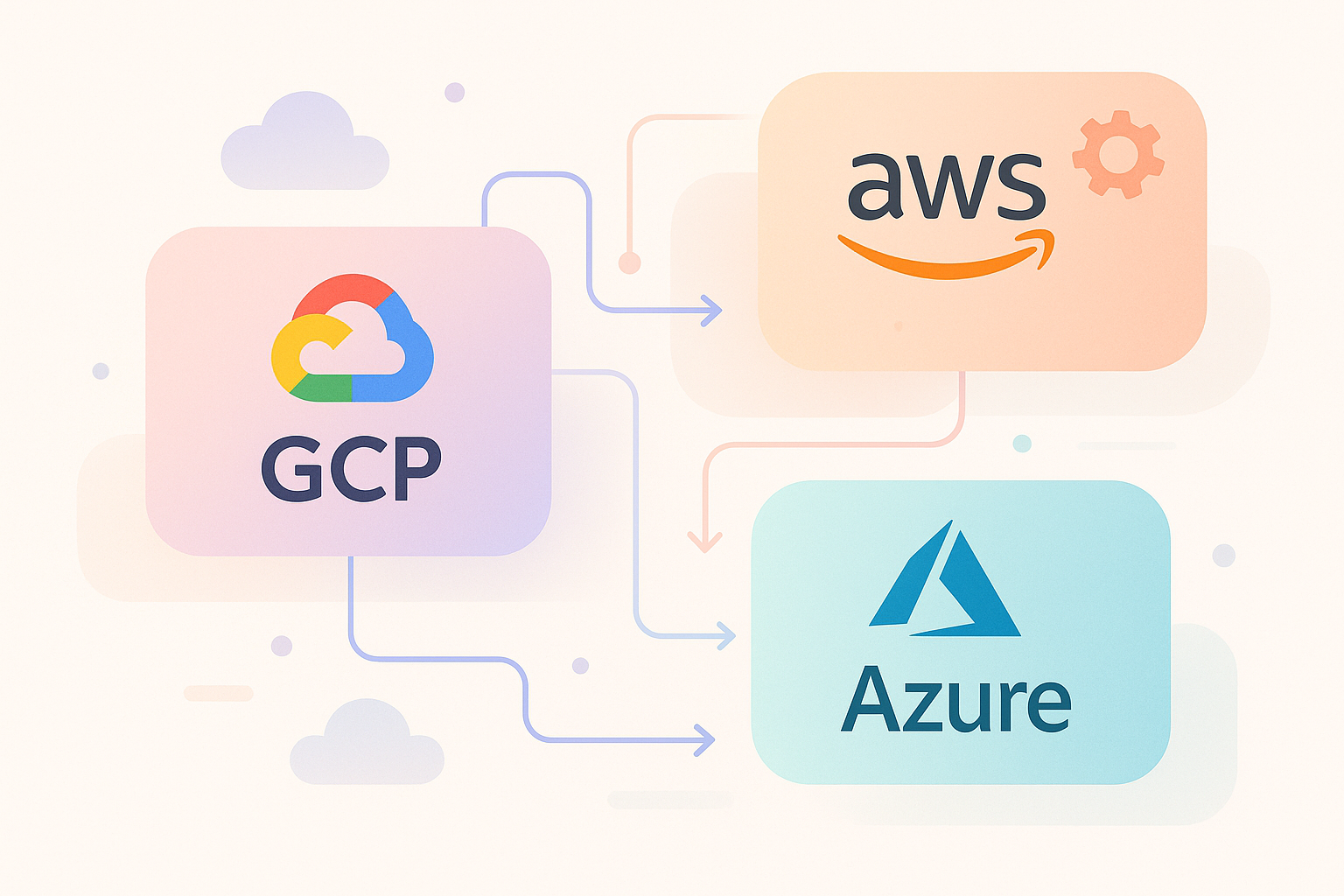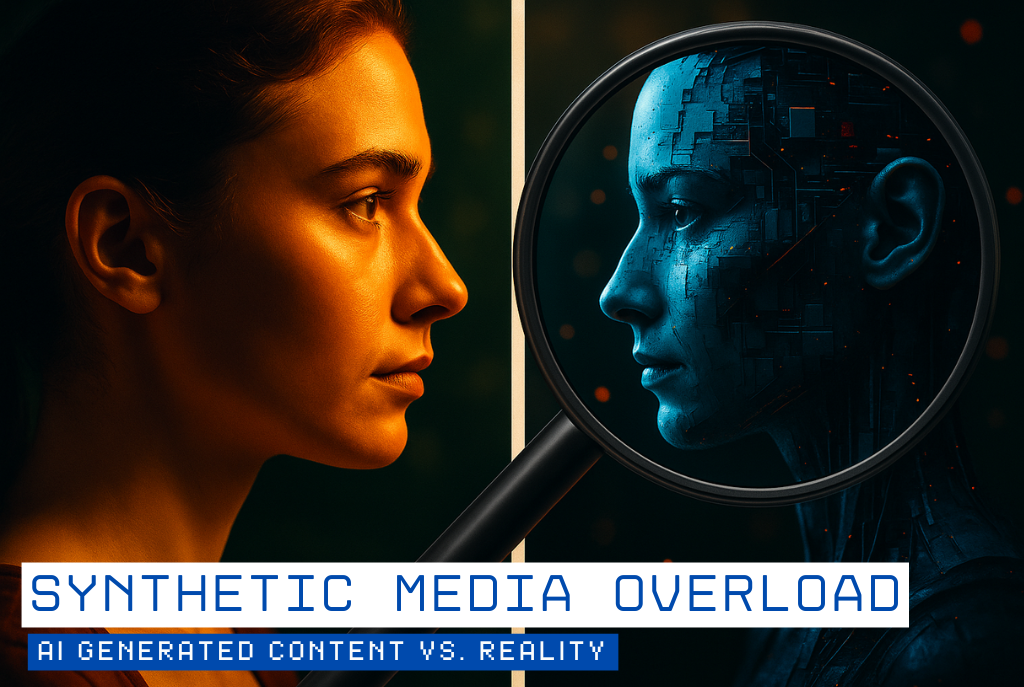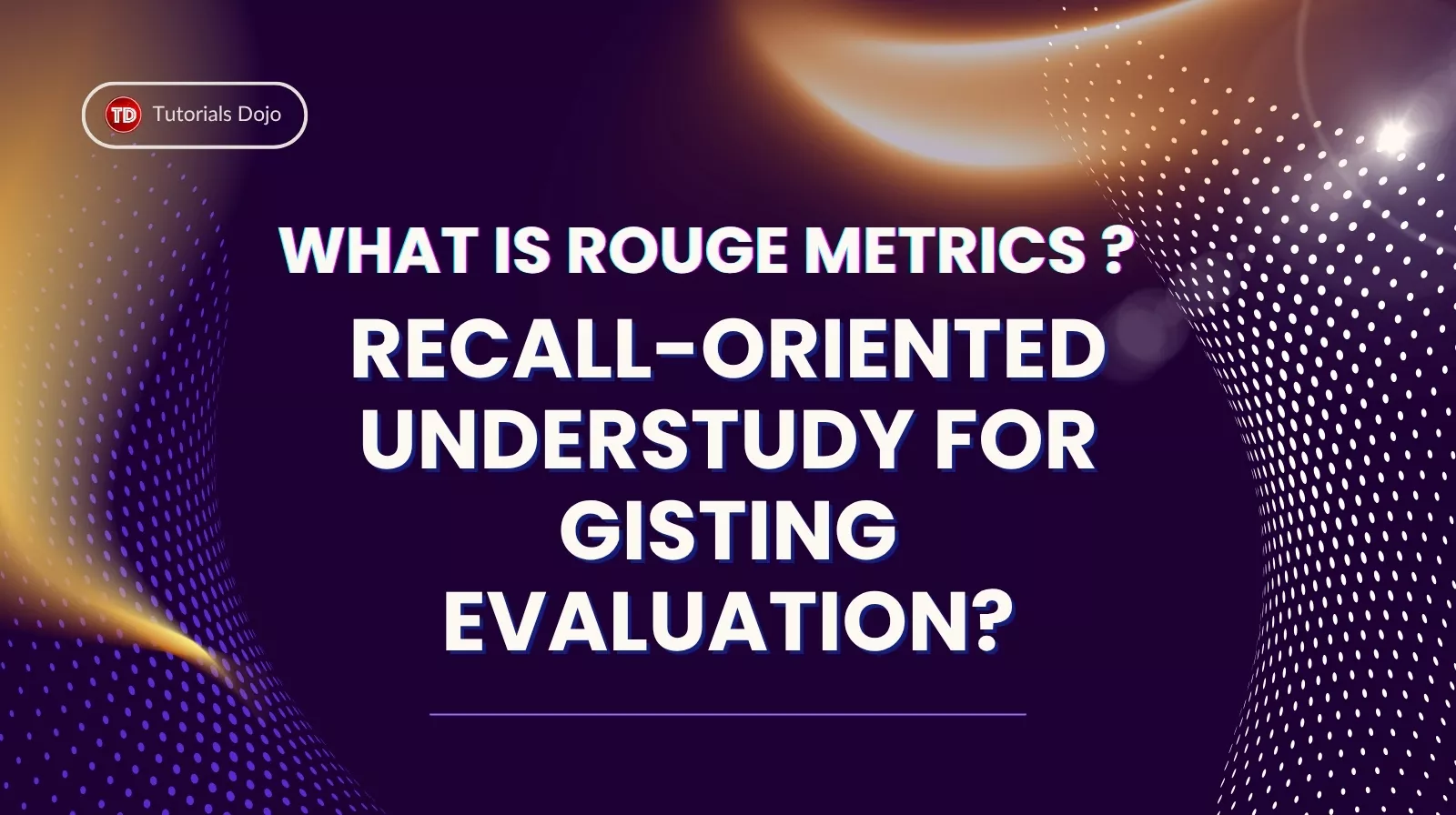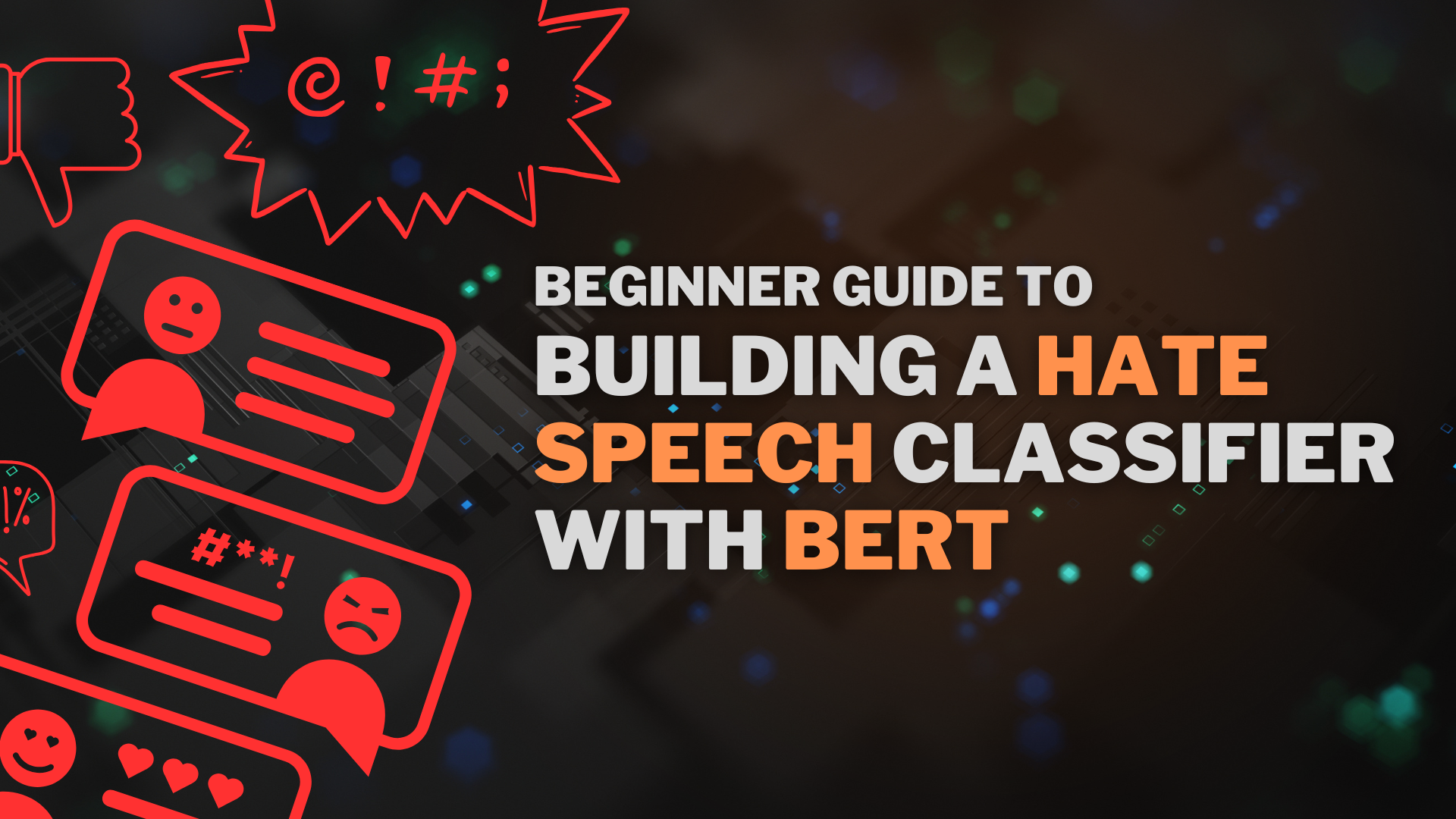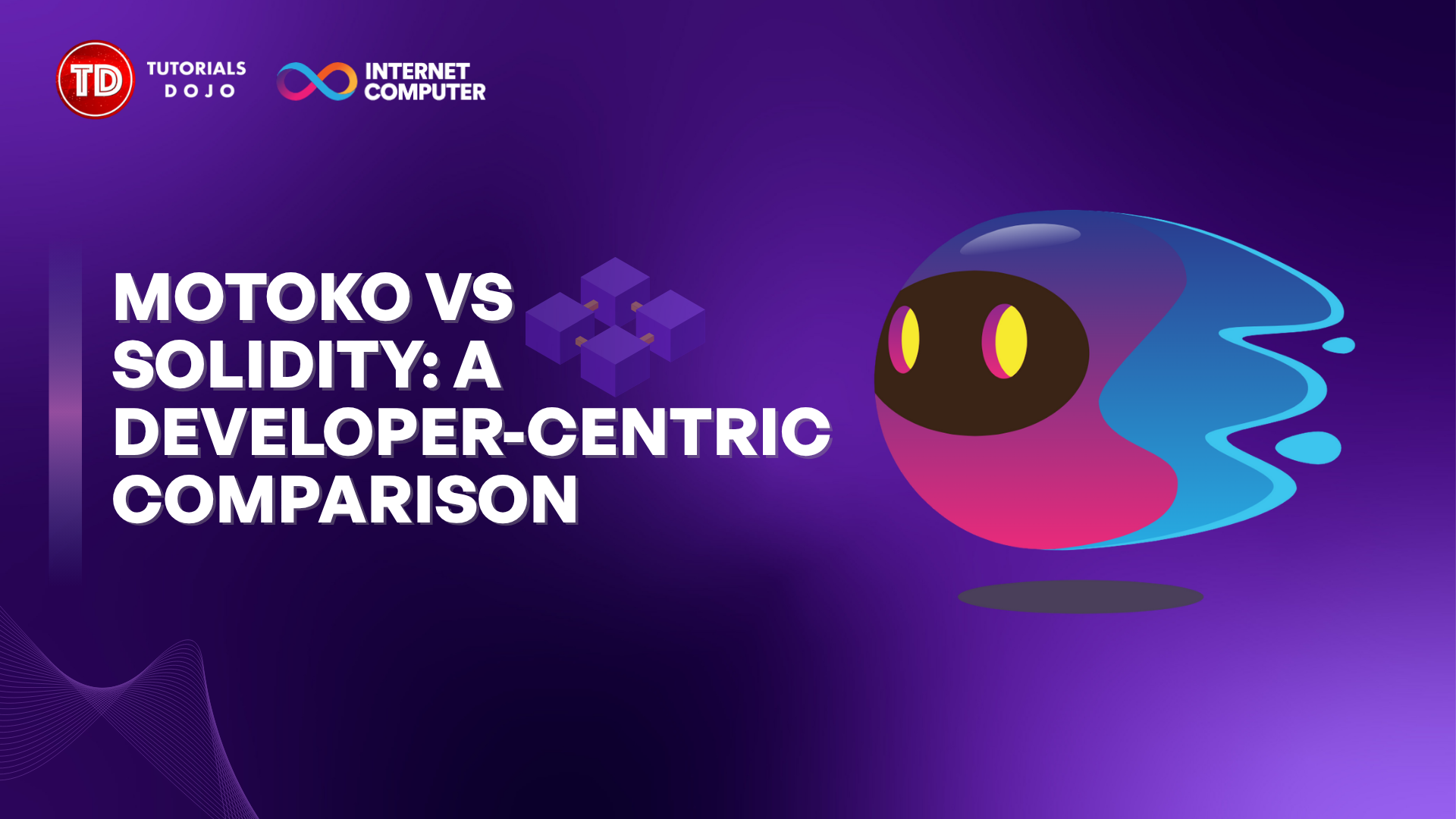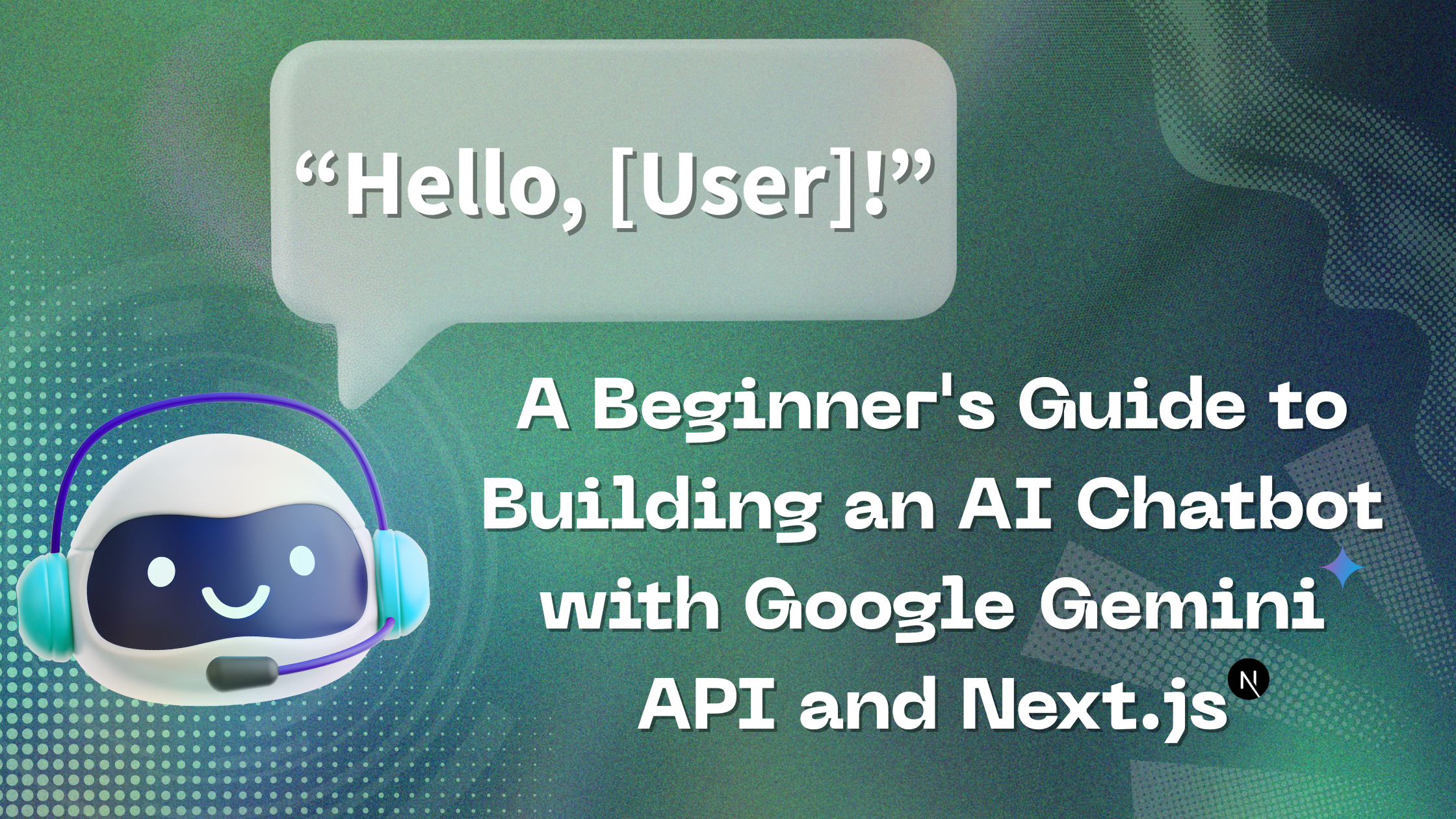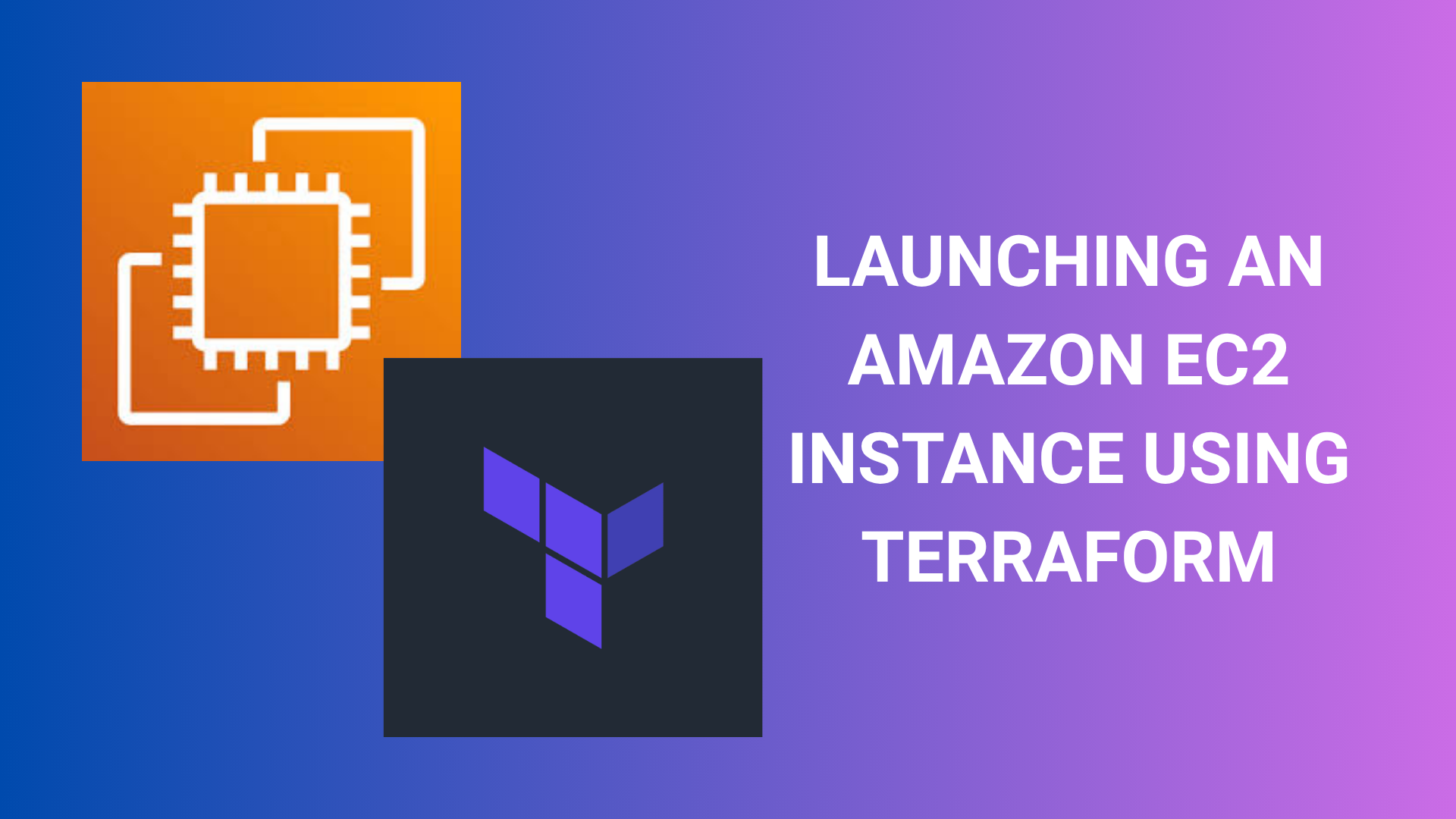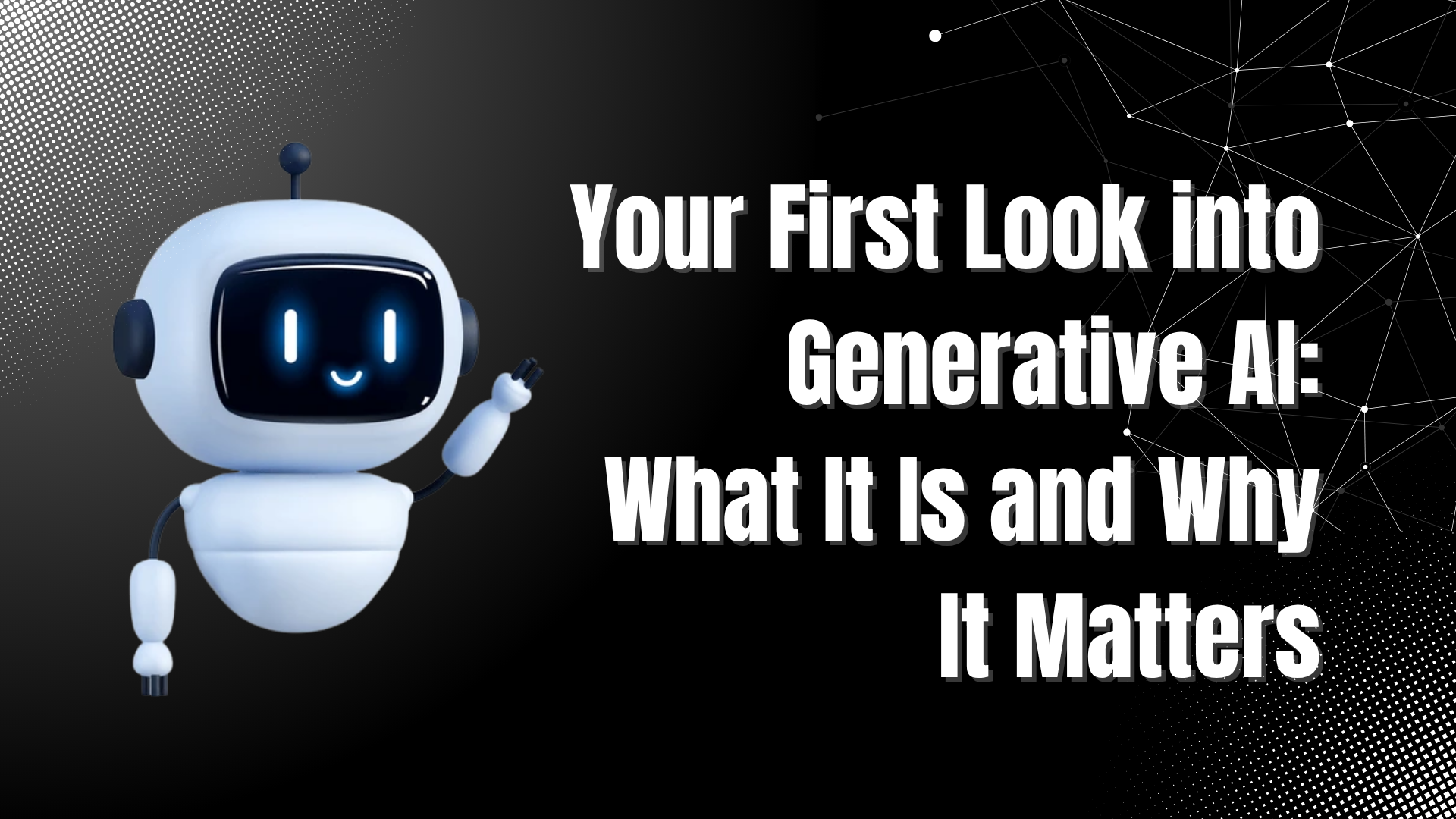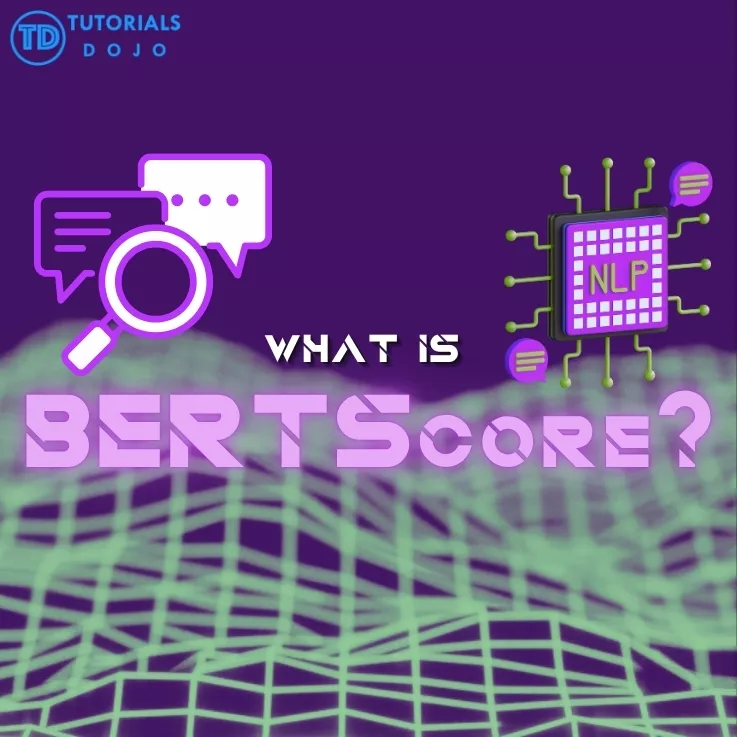AI as a Service (AIaaS) To Power Your Business Forward
Roterfil Borromeo2025-07-08T12:15:24+00:00If you have a business or kind of planning to start one, you’ve prolly heard one of the most overused quotes out there: “if you’re not growing, you’re dying.” And sure, at some point, that’s true. Undeniably. But you see, not every business has the time, resources, or skilled team to keep up with the competition. From personalized shopping experiences to smarter customer support… How? Artificial Intelligence. Just a truly intelligent, always-on key part of how modern companies operate. AI became a requirement for all businesses to stand out and be on top in the market. But are businesses really [...]

